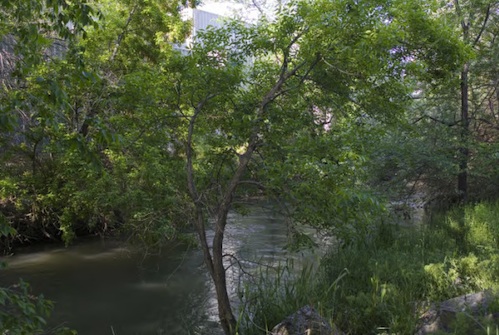
At 52,864 acre-feet, Big Cottonwood Creek has the highest annual yield of any Wasatch Front stream in Salt Lake Valley. Its watershed is the second largest, and it has more tributaries than any other canyon stream.
Big Cottonwood Canyon is an integral part of the early history of Salt Lake Valley. Pioneers coveted its lumber as they moved from tents to permanent structures. Miners dug deeply into its hard rock and logged its slopes for timber to shore up their mine tunnels. Farmers made claims on stream water to irrigate their lands. Ironically, those early claims to water by miners and farmers predate the growth of cities, and their rights to Big Cottonwood water often are senior to municipal and industrial users. Trying to manage Big Cottonwood Creek water for multiple uses has led to intricate exchange agreements between cities with junior rights and irrigators with senior rights. Cities get higher quality stream water in exchange for their rights to lower quality Utah Lake water. Water authorities pump that lake water into irrigation ditches toward the end of summer when Big Cottonwood streamflow is so low that there isn't enough water to satisfy the rights of senior and junior users.
Since so much of Salt Lake City's water comes from Big Cottonwood Creek, it's a protected watershed. Dogs and horses aren't allowed. But that isn't the only area of conflict.
In an increasingly urbanized area, consumptive and non-consumptive users of the canyon and its eponymous stream sometimes find themselves opposing each other, with different government agencies trying to resolve those differences based on their sometimes divergent missions.

Granite Plant
Old Mill Corporate Center
Stairs Station
 View related historic images
View related historic images